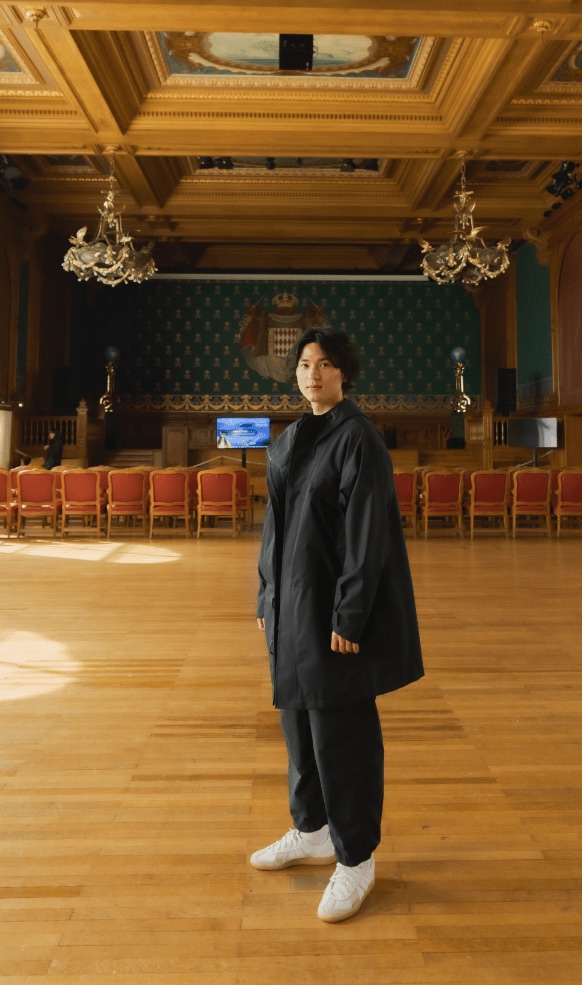




What Takumi Minamoto
Felt at the
“Temple of the Sea”
Standing on the Cliffside
Minamino visited a rooftop farm atop a Monaco luxury apartment complex. The farm makes the best use of its limited space to produce fresh, organic ingredients, and we got to learn about their efforts to achieve both sustainable urban agriculture and a high-quality diet.
※ The previous article is here.
Minamino next visited the Oceanographic Museum, which has watched over the Mediterranean Sea for more than a century. He’ll take a deep dive into the museum’s role and mission in the field of sustainability.
Inherited Efforts to Protect Oceans and Biodiversity
Minamino’s journey exploring sustainability in Monaco has reached its final chapter with a visit to the Oceanographic Museum. In the Principality of Monaco, overlooking the azure waves of the Mediterranean Sea, marine conservation shapes history alongside culture. This museum has long been a much-loved “temple” dedicated to protecting the marine world.
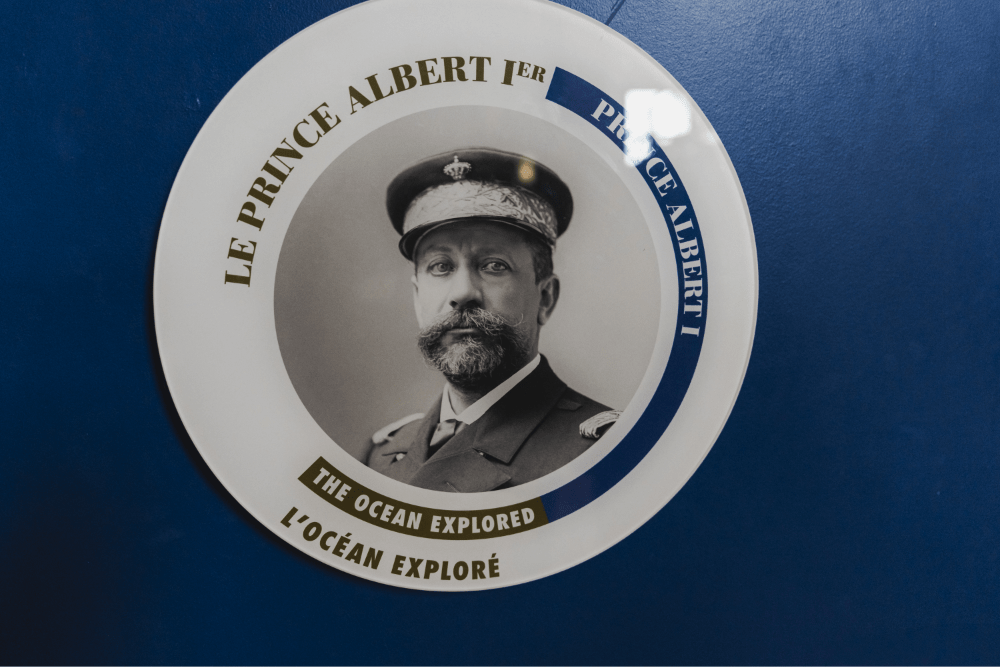
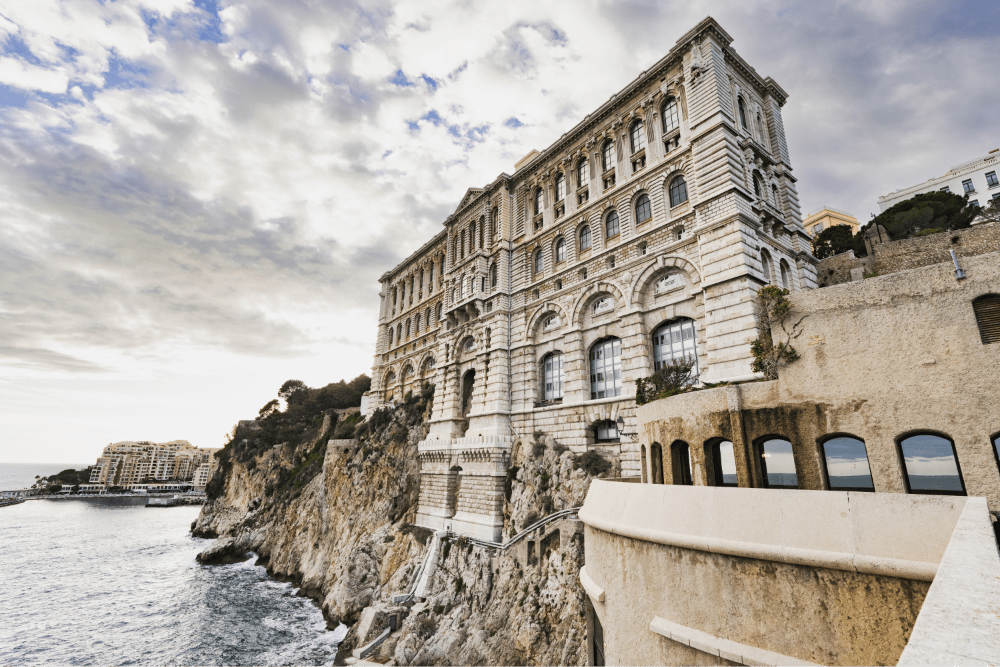
The Oceanographic Museum, opened in 1910 by Prince Albert I, is known as a temple of science and art. Its grand stone exterior, decorated with arches and intricate window ornaments, evokes the building’s long history. The architecture is emblematic of Monaco’s Renaissance style, and visitors are quietly welcomed by the grandeur woven into its history.
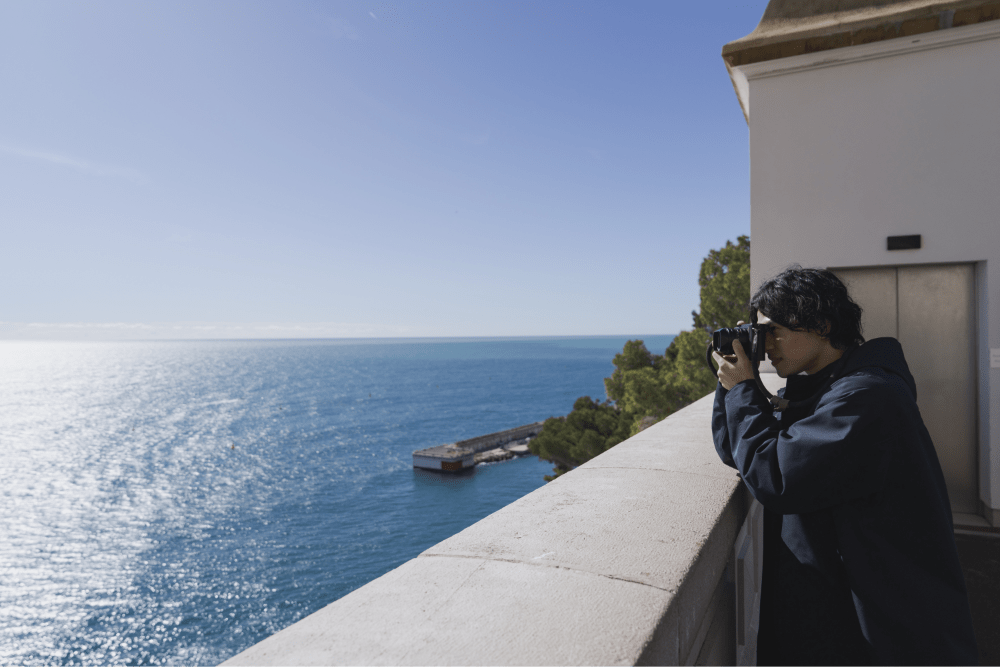
Minamino has been to the museum many times on his own time and has been captivated by the scenery on the way to the museum every time. When he looks through his Leica, he is breathless at the beauty of the blue sky spread out before him.
“There is such openness here, with the spectacular view of the blue sea and sky, prompting visitors to take a deep breath,” he says, expressing his feelings.
Oceanographic Museum’s Initiatives to Protect Marine Ecosystems
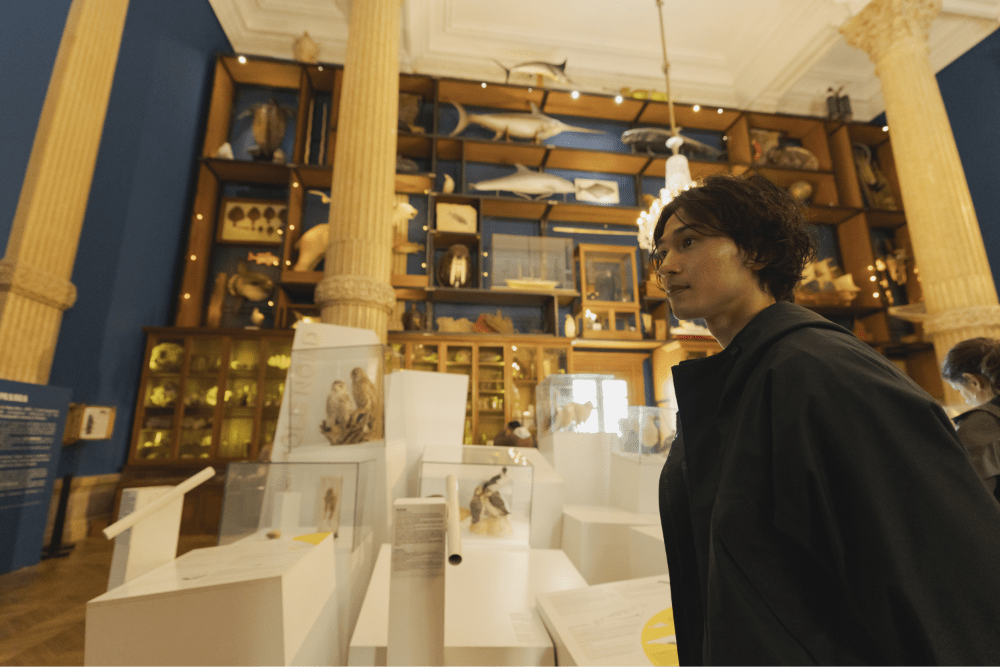
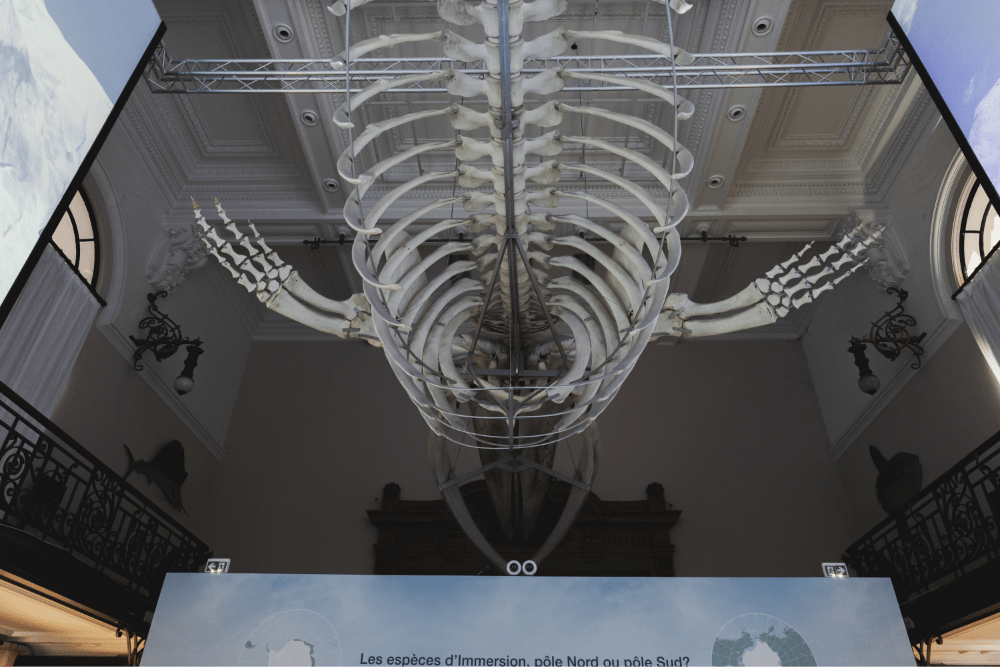
The moment Mr. Minamino stepped into the Oceanographic Museum; a giant blue whale specimen caught his eye. The power of the whale will take his breath away. “I'm really overwhelmed by the grandeur,'” a voice of surprise leaked out naturally in awe.
The first thing he notices is the magnificent view of the Mediterranean Sea from the main hall.
The scenery welcomes visitors and anticipates the start of the intellectual journey here. As he walks through the halls, he will be amazed at the diversity of over 6,000 marine animals and colorful ornamental fish on display.
Further along, there are numerous exhibits featuring skeletal specimens of marine animals and the evolution of the relationship between humans and the ocean from ancient times to the present day. Through these displays, he can gain a deep understanding the history of the ocean and its allure.
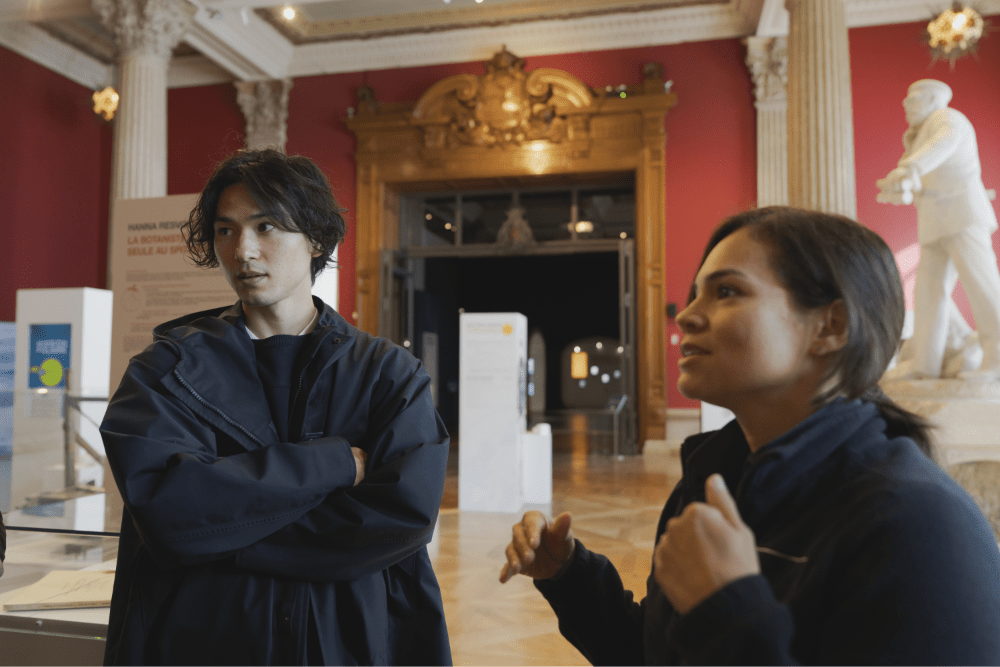
Minamino thought deeply with interest. “How was the Oceanographic Museum established and what is its main mission?”
The museum began from a fervent wish from Prince Albert I. He wanted to widely share the mystery and beauty of the sea and inspired by the Trocadéro Aquarium at the Paris Exposition, established this museum to showcase marine research achievements.
The main mission of the Oceanographic Museum is to present this place as a temple of oceanography, introducing people to discoveries, adventures, and technological innovations in marine science, and to deepen their understanding of the ocean’s imsportance.

Moving underground, Minamino was met with an aquarium that faithfully recreated the ecosystem of the ocean floor. In an environment that felt like walking on the ocean floor, Minamino wishes to know as he observed the fish and coral swimming quietly. “How can we learn about the Oceanographic Museum ‘s specific contribution to marine ecosystem protection from these beautiful exhibits?”
The Oceanographic Museum is working to protect and propagate corals whose survival is threatened by climate change, as well as rehabilitating and releasing marine animals in need of medical care. It also focuses on educational activities to inform visitors about the issues marine environments are facing and to raise awareness of environmental protection. It focuses not only on exhibits, but on education as well.
After learning these, Minamino wanted to know more about specific educational initiatives.
Explore the Poles Virtually! Innovative Pedagogy Captivates Children
The Museum adapts animation and virtual reality for education to enable children and young people to virtually visit the Poles and explore beneath the ice. This stimulates their desire to learn and deepens their understanding of the natural environment. Having seen it firsthand, Minamino strongly felt the wisdom of those educational methods.
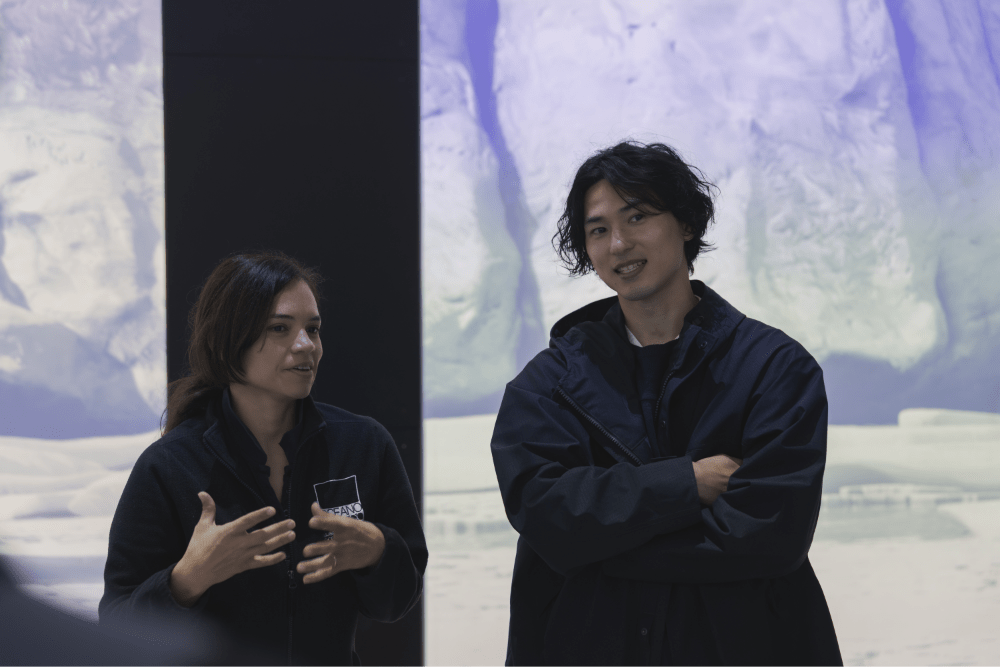
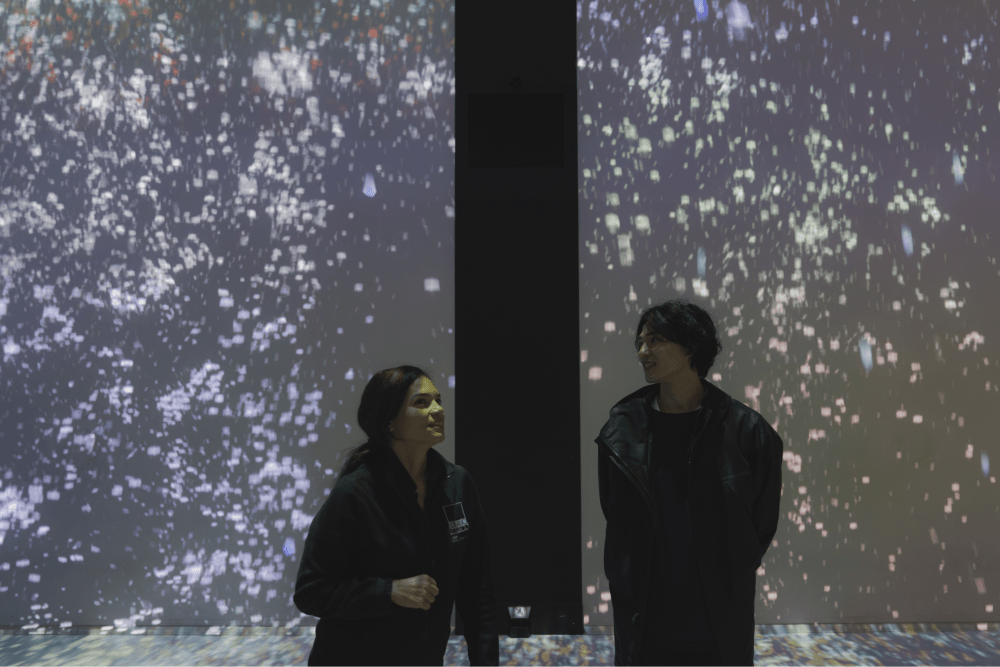
“The projection mapping depiction of ice collapse is unforgettable. It brings the severity of ongoing environmental destruction on Earth closer to home, and the expressions of shock on the children’s faces upon seeing this will trigger their awareness of environmental issues”, said Minamino, visibly moved by the production’s message of sustainability.
Explore the Poles Virtually! Innovative Pedagogy Captivates Children
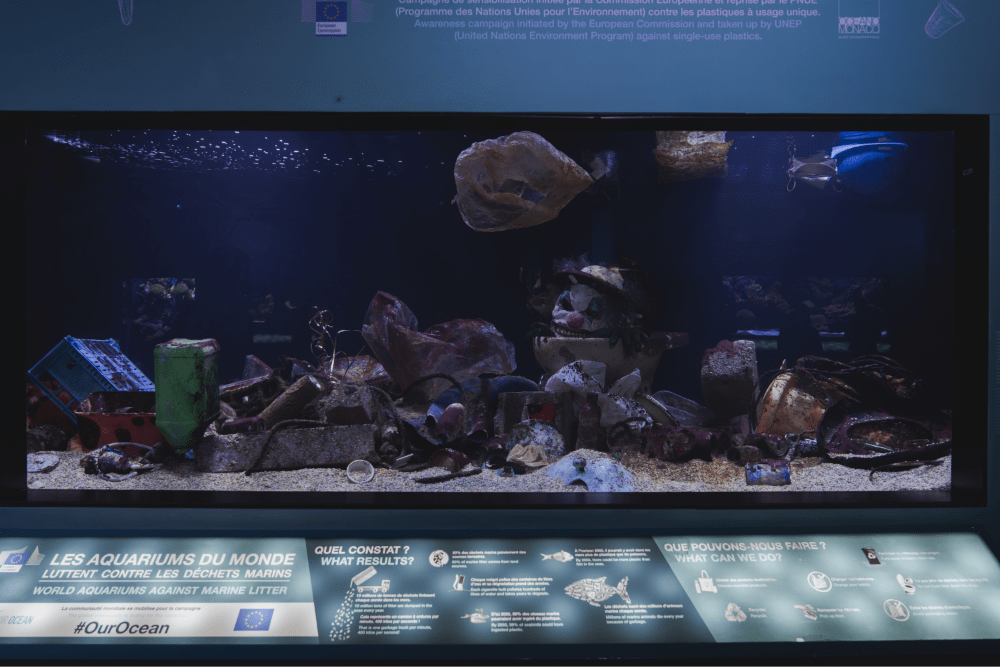
As Minamino toured the museum and deepened his understanding of marine issues, an exhibit on marine pollution caught his eye and he stopped to look at it intently.
Marine pollution is a serious issue worldwide, and it is predicted that if the current rate of pollution continues, by 2050, there will be more trash than marine life in the ocean.
Therefore, the museum exhibit visualizes the issue of marine pollution by showing the garbage that flows from the rivers into the sea. This reflects the actual amount of garbage found in a day, sometimes more, that spills into the ocean.
The purpose of this exhibit is to raise awareness among visitors about the seriousness of marine pollution and to encourage them to take action to protect the environment. Through the display of scattered litter such as plastic bottles and cans, as well as informational panels, the Oceanographic Museum aims to provide an opportunity for visitors to consider the reality of pollution and measures against it. It also encourages awareness and action through posting on social media with the hashtag #OurOcean.
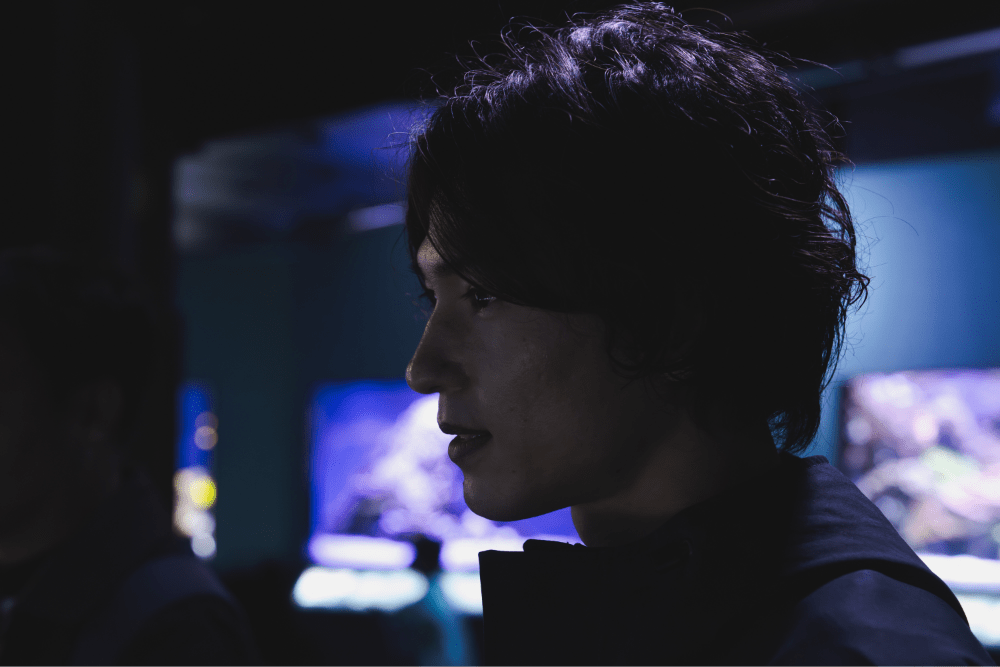
Feeling a sense of crisis after seeing the marine pollution exhibit, Minamino emphasized, “Through these environmental conservation efforts, every young person can do what they can for marine conservation and convey the importance of those activities to others around them, which will expedite efforts to address marine environmental issues. The ocean is a precious resource shared by the entire planet. Making conscious choices in our daily lives is crucial for protecting it.”
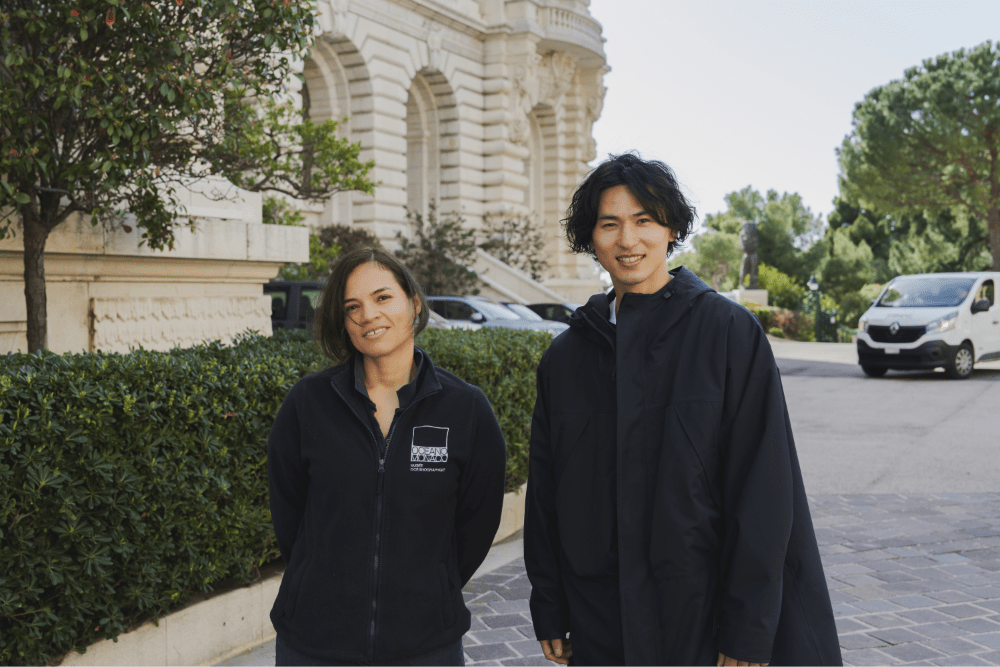
After leaving the museum, Minamino reflected, “This visit has been a great learning opportunity to think about what we ourselves can do”. Minamino gained insights into the importance of marine conservation efforts and how the younger generation should address marine environmental issues.
In the future he envisions, he hopes to see today’s young people collaborating to further promote marine environmental conservation efforts.
Explore the Poles Virtually! Innovative Pedagogy Captivates Children
Monaco is at the global forefront of sustainability initiatives. This has been the Monaco edition of “MINAMINO REPORT,” which began with Minamino saying he didn’t know much despite living there for two years.
Minamino visited three of Yanmar’s business areas: agriculture and food, urban living, and marine issues. Minamino directly experienced Monaco's concept of “Responsible Luxury” and seemed to deeply understand that sustainability is not just a concept, but a lifestyle that can be practiced in everyday life.
He further stressed, “Permaculture, building rooftop gardens, transitioning to a sharing economy, and promoting marine conservation are all important steps toward a sustainable future.”
Through this experience, Minamino came to deeply understand what “Responsible Luxury” truly is.
It shows that it is not only about being materially wealthy, but also about adopting responsible consumption and lifestyles that are necessary to build a sustainable society.
“On behalf of the younger generation, I hope to spread this idea in Japan and translate these new perspectives on sustainability into concrete actions”, he said with great enthusiasm.
Minamino is committed to contributing to “A SUSTAINABLE FUTURE” and spreading its message, both as a football player and as a human being.
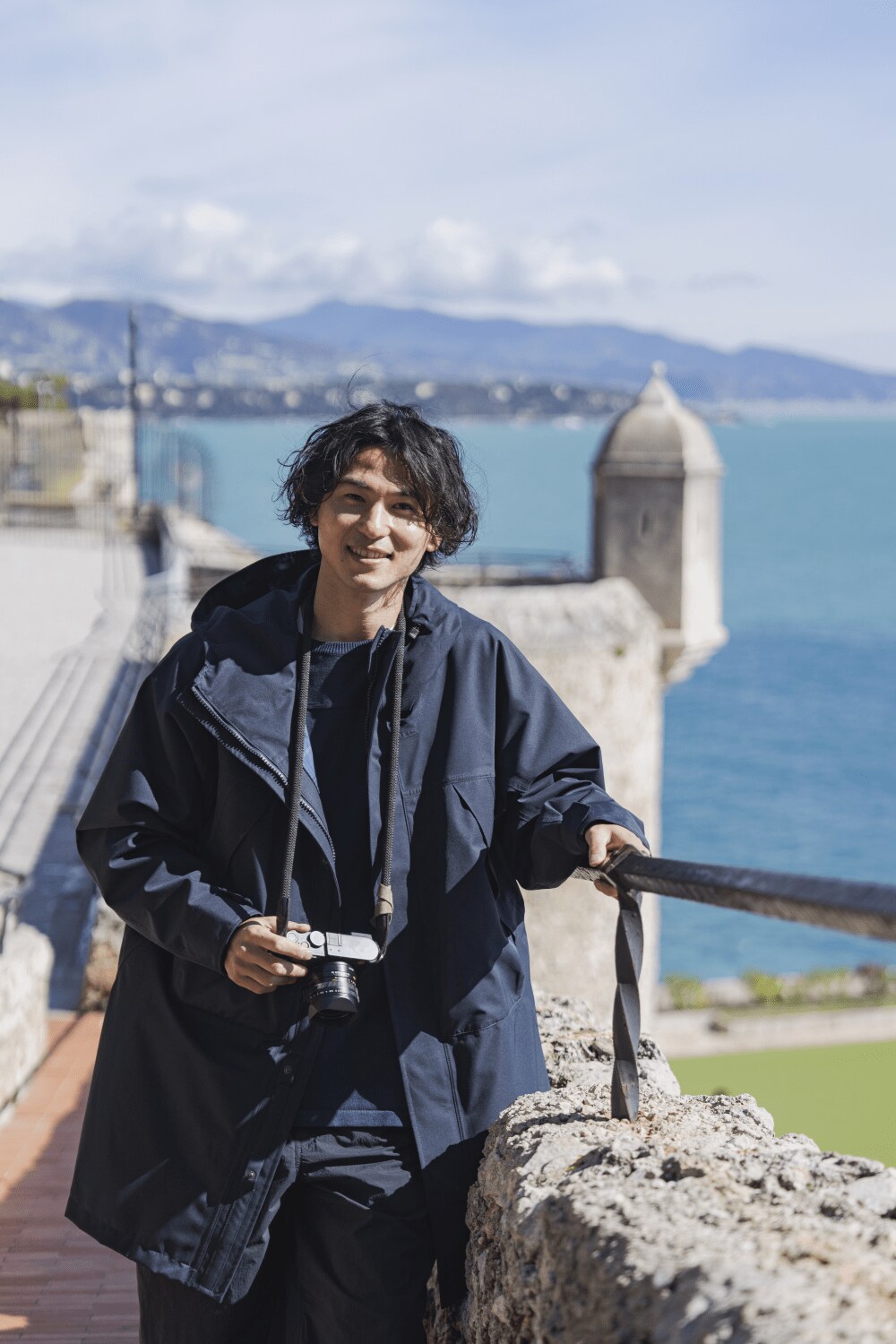

 农业
农业
 拖拉机
拖拉机
 收割机
收割机
 插秧机
插秧机
 自走式水稻直播机
自走式水稻直播机
 选配装置
选配装置
 蔬菜移栽机
蔬菜移栽机
 施肥机
施肥机
 中小型船用发动机
中小型船用发动机
 大型船用发动机
大型船用发动机
 发电机及空调
发电机及空调
 建机
建机
 小型工业发动机
小型工业发动机